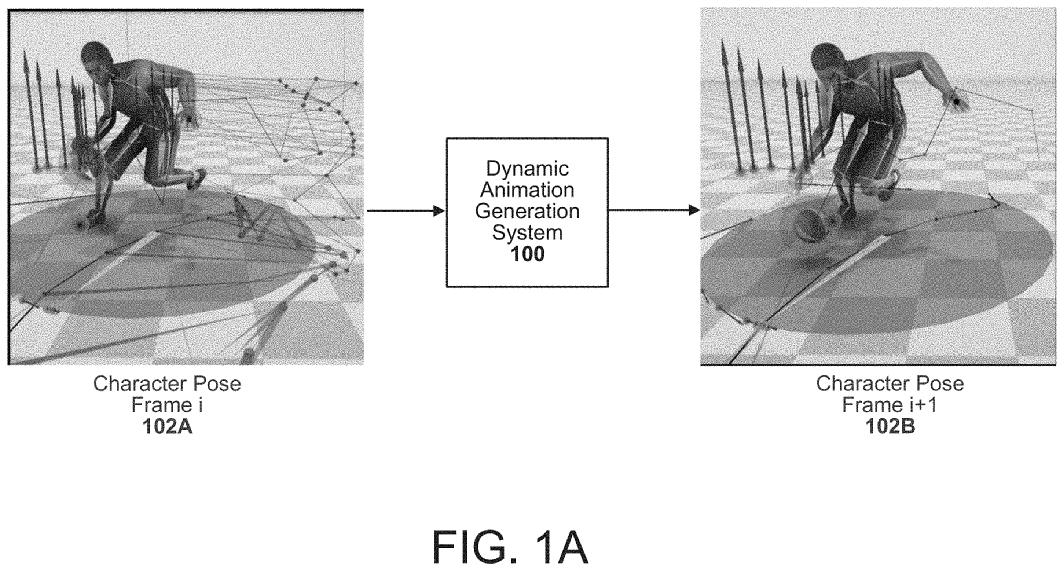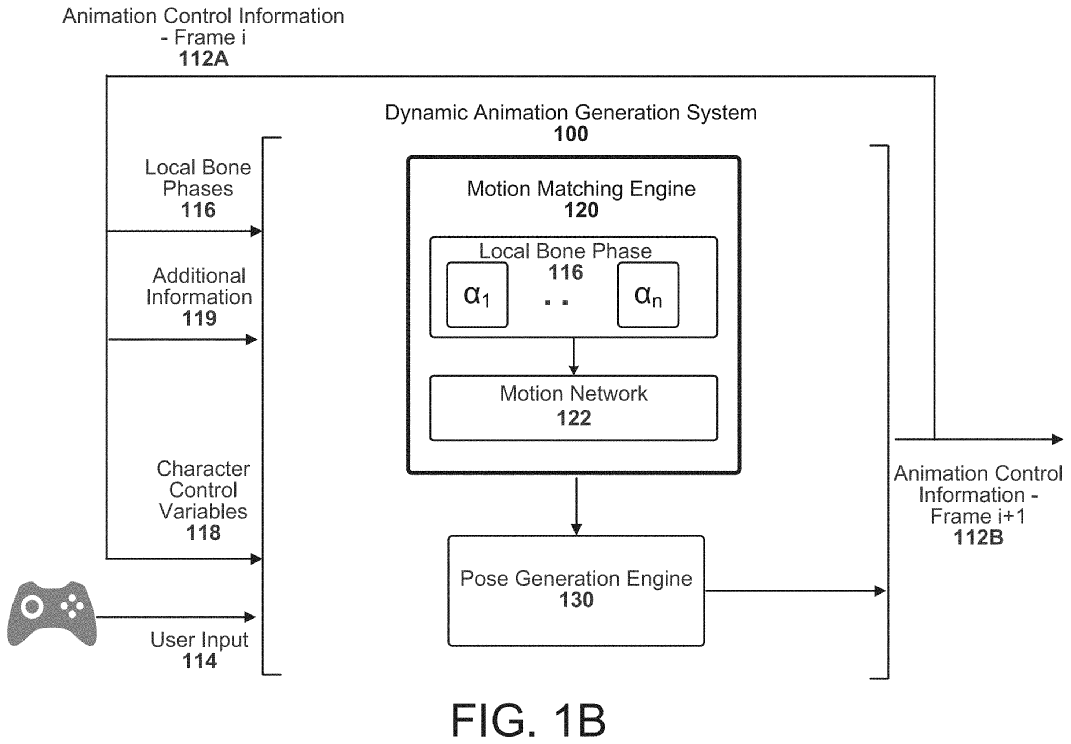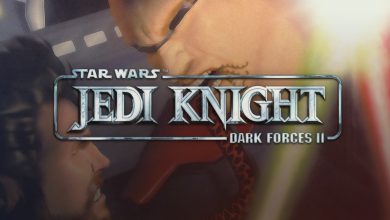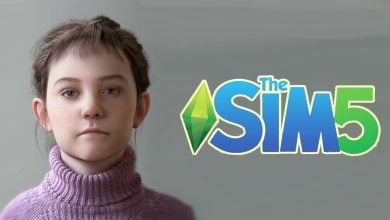
Story Highlights
- EA has published a system that presents a dynamic animation generation system, which seeks to automate a part of the animation process of in-game character models.
- The patent seeks to rapidly generate realistic motion in in-game character models to use in games.
- The local bone phase technique can be used alongside the local matching phases to create dynamic and realistic animations for in-game character models.
- The developers may not have to manually iterate through tedious steps of modeling character movements in the future if the patent is implemented; it could also reduce development times.
An increase in tech has boosted the allure of video games in recent times, with recent life-like AAA titles further becoming nearly indistinguishable from real life. However, the added visual and technical immersion has put a deep strain on the developers, which also can be seen in increased development cycles and the crunch culture.
EA has newly patented a system that seeks to aid developers in automating a part of the animation or motion process of in-game characters. We bumped into a patent dubbed “ENHANCED ANIMATION GENERATION BASED ON MOTION MATCHING USING LOCAL BONE PHASES,” which seeks to solve the dilemma.
Currently, the developers have to manually adjust character models to create realistic motion of different types. For instance, a designer needs to make many adjustments to a character model’s skeleton joints to make the running seem real. All this can take a heavy toll on the designer and a game’s overall development time.
Thus, the patent by EA seeks to rapidly generate realistic motion in in-game character models to use in games.

First, the patent discusses a technique to generate templates for running, for instance, which the designer can then select. That template could automatically adjust the skeleton of the in-game character model.
“A first example technique to, at least in part, automate generation of character motion, may include using software to automatically adjust a skeleton. For example, templates of running may be pre-defined.” However, this seemingly has its demerits; for instance, it could make characters lack the realism of real-world movement.
The patent proposes a dynamic generation system that can “generate realistic motion based on analyses of motion capture information.” The method may perform a slew of manual analyses of the motion-captured information, including “complex labeling processes and manual tuning” processes that developers usually do.
The dynamic animation generation system 100 may be used to autoregressively generate motion for an in-game character by implementing process 300. The dynamic animation generation system 100 may include different elements usable to generate the motion.”

Motion capture info can create usable data to develop “rich, life-like, animations for character models.” These animations can be reactive and fluid in response to the input provided by the user while playing games. One method to achieve such a feat would be to use motion capture actors.
The dynamic animation generation system can utilize “local phase information” taken from the respective body parts of a motion capture actor.
This phase information may therefore represent local bone phases corresponding to bones (e.g., arms, legs, hands) of the actor, and may be used to enhance the temporal alignment, and segmentation, of realistic motion for use during motion matching on each local bone phase.”
The patent by EA notes merging methods; the local bone phase can be used alongside the local matching phases to generate dynamic and realistic animations for in-game character models.
“A motion matching engine can be used to segment the motion matching process based on the local bone phases in order to generate a pose for a character. The motion matching engine can have a local motion matching phase for each local bone phase.”
EA’s patent notes how the current techniques used in motion capture studios have limitations when it comes to creating types of motion. For instance, the skeleton of an in-game character could be designed to perform a specific motion, but the other motions would have to be manually created by the developer.
In a sports game, “a real-life basketball player may be used as an actor to perform common basketball motions. While this actor may perform a wide breadth of motions typically performed during a basketball game, as may be appreciated there are other motions which will not be recorded.”
EA’s patent proposes to generate “realistic motion” using local phase information, which is captured from the motion capture. A set of discussed techniques will potentially allow the studio to enhance its animation or motion generation of in-game character models.

We could see a noticeable reduction in games’ development time. Moreover, the proposed system, if utilized, could automate most of the character models’ animation and motion, which would be beneficial to the developers toiling hard to provide us with the most realistic game experiences.
EA is well-renowned in the gaming sphere for publishing eye-catching patents that seek to automate everything. For instance, it has patented to generate multiplayer maps based on single players’ objectives. It is also exploring ideas to implement an automated coaching system for online gaming to train players.
What are your thoughts about EA potentially adding methods to automate the animation of in-game character models? Do you think the proposed technology in the patent will make character animations easier to implement for developers? Do let us know your opinions in the comments below.
Thanks! Do share your feedback with us. ⚡
How can we make this post better? Your help would be appreciated. ✍



